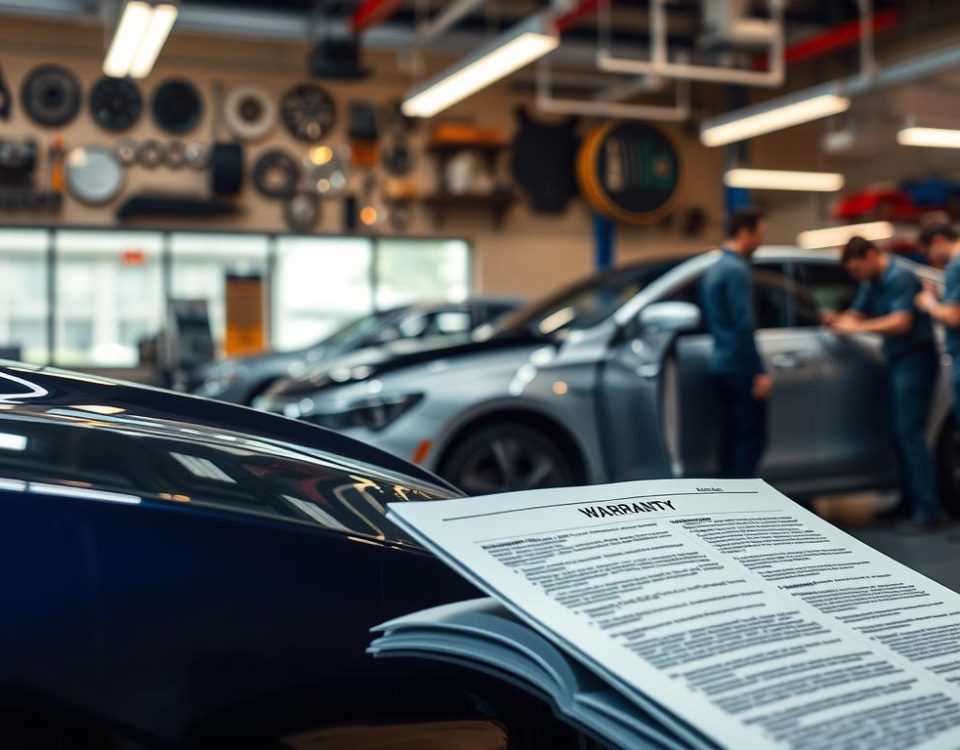How To Avoid Being An Auto Repair Victim (PART 2)
Get Maximum Mileage This Winter Season (PART 2)
 You may not know this, but measuring your vehicle’s fuel consumption whenever you fill up could be fun, easy and very informative. When you measure your tank-to-tank mileage, you are creating a good practice which can help you understand what’s costing and saving you money. Tracking your fuel consumption can also reveal any steady increase in consumption that could later on lead to a problem. You might have noticed that you car uses more fuel during winter months. Your vehicle needs more gas as it moves through the dense cold air and your frequent use of electrical accessories can also attribute to lower fuel mileage. More so if you use a remote start system, winter tires or a ski-rack attached to the roof. When you add the extra weight of snow and slush beneath your ride which affects your car’s aerodynamics, your fuel consumption will definitely spike as the temperature drops.
You may not know this, but measuring your vehicle’s fuel consumption whenever you fill up could be fun, easy and very informative. When you measure your tank-to-tank mileage, you are creating a good practice which can help you understand what’s costing and saving you money. Tracking your fuel consumption can also reveal any steady increase in consumption that could later on lead to a problem. You might have noticed that you car uses more fuel during winter months. Your vehicle needs more gas as it moves through the dense cold air and your frequent use of electrical accessories can also attribute to lower fuel mileage. More so if you use a remote start system, winter tires or a ski-rack attached to the roof. When you add the extra weight of snow and slush beneath your ride which affects your car’s aerodynamics, your fuel consumption will definitely spike as the temperature drops.
 In a two-part blog post, Miracle Auto Body and Paint in San Antonio Texas gives you some easy to follow maintenance tips that can help you gain more fuel mileage this winter season.
In a two-part blog post, Miracle Auto Body and Paint in San Antonio Texas gives you some easy to follow maintenance tips that can help you gain more fuel mileage this winter season.
Check your car’s cooling system
Make sure the fluid, hoses, rad, water pump and thermostat of your car’s cooling system are in tip-top shape. Even if this measure won’t automatically give you an extra three miles per gallon, it can actually help your car cabin warm up faster. This means that you will need to less idle time before your car heats up. A properly functioning cooling system allows your engine to reach its operating temperature, which then gives you optimal fuel mileage more quickly. Be sure to choose a knowledgeable mechanic from a reputable auto body center. He can check how healthy your car’s coolant system is using special tools.
 Check your tire’s under pressure
Check your tire’s under pressure
Always remember that an improperly inflated tire can cost you with cash faster than you could have ever imagined. A set of tires that does not have the tight amount of pressure inside them requires more fuel to burn. These tires can also wear out faster and not to mention unsafe.


